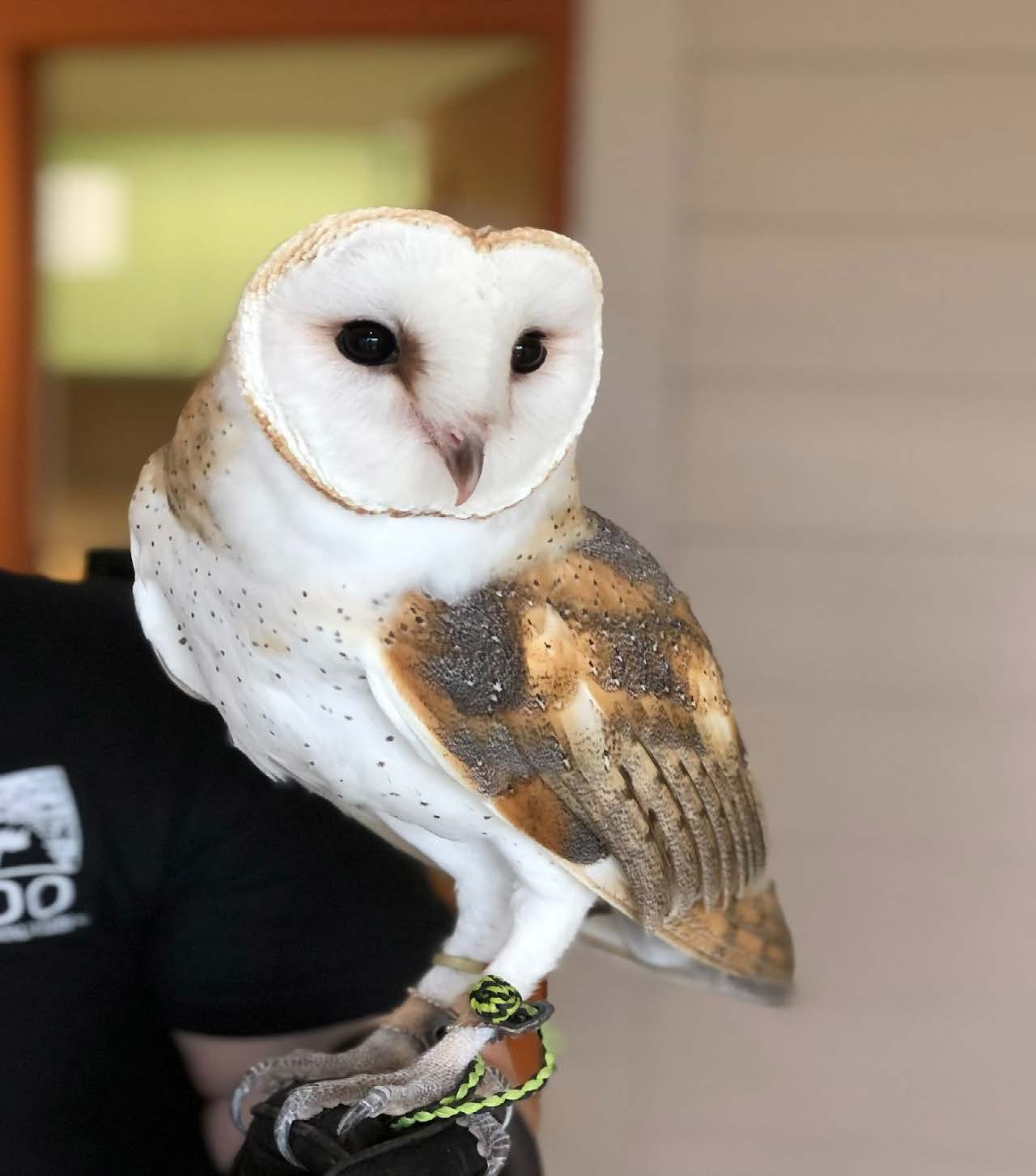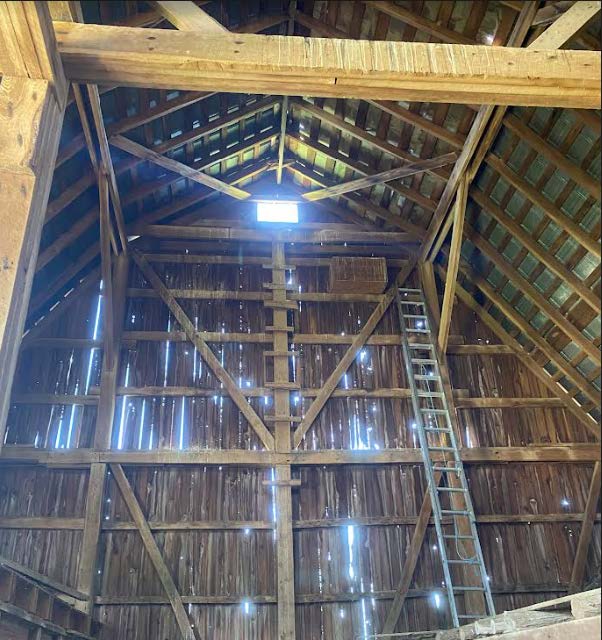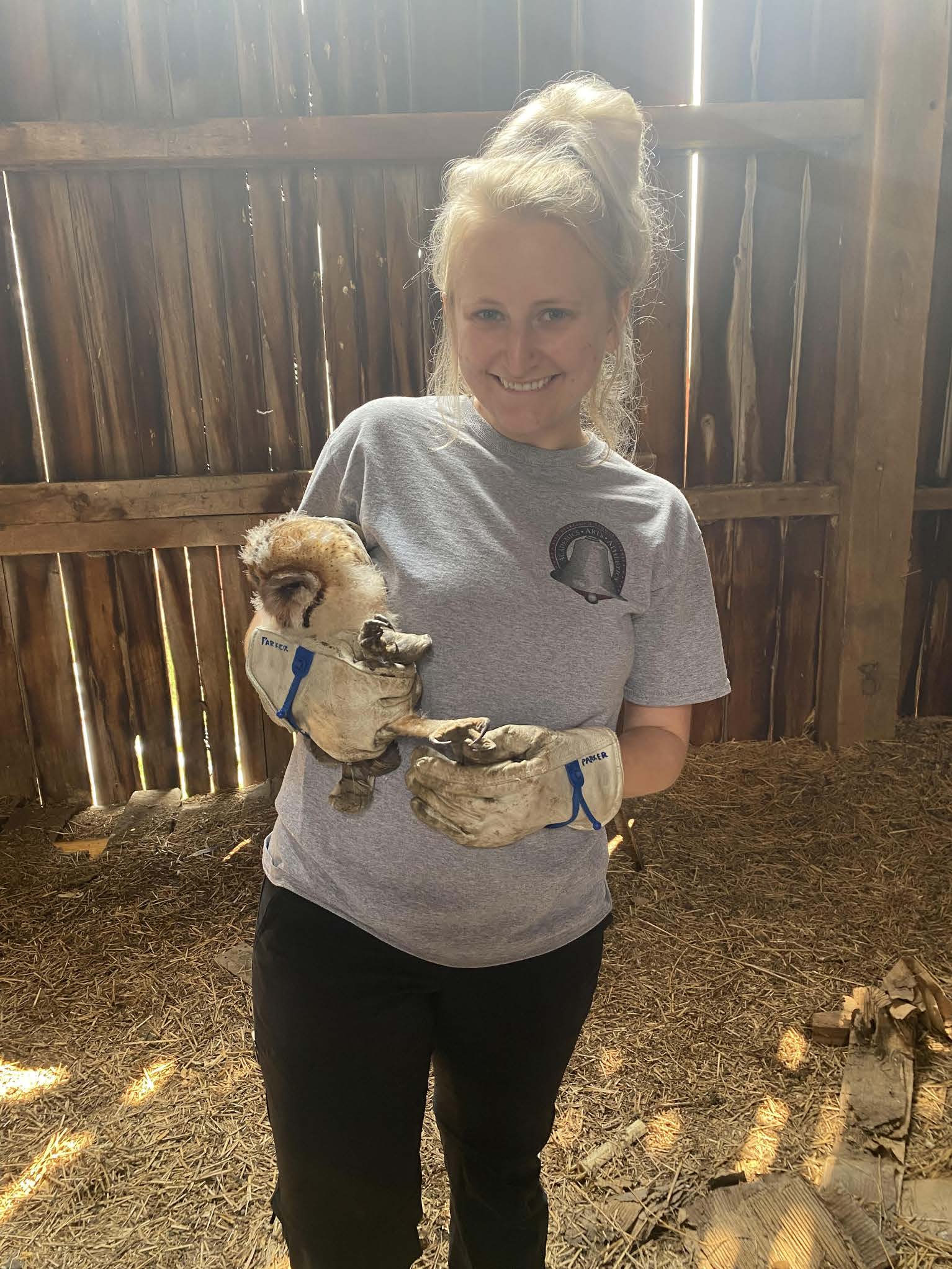Voles, insects, and other rodents are some of the leading causes of crop damage. Not only do these creatures cost millions of dollars in crop damage, but they also carry a plethora of diseases that can affect livestock, pets, and even humans. To have a successful crop season, many farmers turn to rodenticides to fix and prevent rodent issues. While these can work and have shown to be successful in some cases, rodenticides can, unfortunately, hurt the surrounding ecosystem and can be costly. Using rodenticides can even increase rodent populations by reducing the number of predators in the area due to second-hand poisoning. One surprising solution that can reduce rodent populations, protect your crops, and save you money lies within a natural form of rodent control. This solution comes from a local species - the barn owl.
The Downfalls of Rodenticides
Rodenticides can be detrimental to the environment and may taint soil, water, and other vegetation. Rodenticides can be toxic to a host of non-target organisms such as local predators, native plants, birds, and valuable insects. When a rodent consumes these chemicals, it can take up to three weeks for it to finally succumb to the poison. In those three weeks, the rodent may keep returning to the same chemical to feed. This continuous feeding over several weeks eventually slows their motor skills and reaction time, making them a perfect target for predators. The chemical from the rodent then enters the species, resulting in the unintended death of the predator. This second-hand poisoning may decrease predator populations, causing rodent populations to increase.
Rodenticide use adds up over time, too. Much of the pesticides sprayed are wasted due to blowing away in the wind or falling off the crops onto the ground, causing a need to buy more rodenticides for missed areas. Since rodenticides have all of these negative effects, what is the farmer to do to protect their livelihood? Que: the barn owl.
Barn Owl Background
It’s possible that you have not seen this raptor, as they are strictly nocturnal. With its white appearance and shrill screech, the barn owl (Tyto alba) has had quite a reputation throughout history. In Celtic mythology, the barn owl had many other nicknames such as the Night Hag or Corpse Bird, and was a sign of death or misfortune. However, having a barn owl nest on your property is hardly a sign of misfortune when you’re a farmer. Farmers should be promoting barn owl populations on their land as they are a top predator of rodents!

Barn owl
Barn owls and Rodent Control
Rodents serve as prey to many species and avoid areas where the risk of predation is high. Just the presence of the owl family can deter rodent populations. Barn owls are also excellent hunters who very rarely miss a target. Barn owl families can eat up to 3,000 rodents a year and even more if there are multiple families in the area. In this article by the Sierra Club from 2011 (https://shorturl.at/zHTU2), a team of farmers installed 25 nest boxes on a vineyard in California. Over the next two years, barn owls moved in, raised fledglings, and removed over 25,000 rodents from the property. When they took into account the materials, labor, and upkeep of maintaining the nests, the cost per rodent removed by owls was $0.37, compared to $8.11 per
rodent trapped. Not only did the vineyard reduce its chemical usage, but it also decreased the cost of rodent control, as well.
Barn Owl Habitats and Nests
One way to attract and support the presence of barn owls on your property is to install a nest box. Barn owls can thrive in areas where there is human presence and structures. Many times, they search these areas out. The barn owl does not erect their nests and instead searches for pre-built structures with a flat surface to shred their pellets to make a bed and lay their eggs. Barn owl nesting can be encouraged by installing and maintaining these nest boxes near a large area for foraging. Be sure that the boxes are high up. This can be done in old barns, old buildings, on top of poles and some can be installed in trees. If so inclined, you can build more than one nest box because barn owls are not territorial. Aside from nest boxes, you can promote owl populations on your property by installing birdbaths and keeping large branches on trees to allow them to perch.

Barn owl box height in a Muskingum County barn
Once installed, do not be discouraged if you do not see a barn owl in the year you built it, or even for a couple of years. It can take a while for a barn owl to find your box and move in. However, once these ecosystem heroes find your box, you may expect to see a decrease in rodents and chemical use for the foreseeable future, since barn owls return to the same nest year after year. To accommodate, just be sure to scoop out old nests once a year to welcome your raptor friends back. Your crops and your wallet will thank you.
Interested in ditching the chemicals and
finding natural alternatives? You can contact your local Division of Wildlife Office or find out more about barn owls and nest boxes at the following website: https://sites.google.com/miamioh.edu/barnowlconservation?usp=sharing
